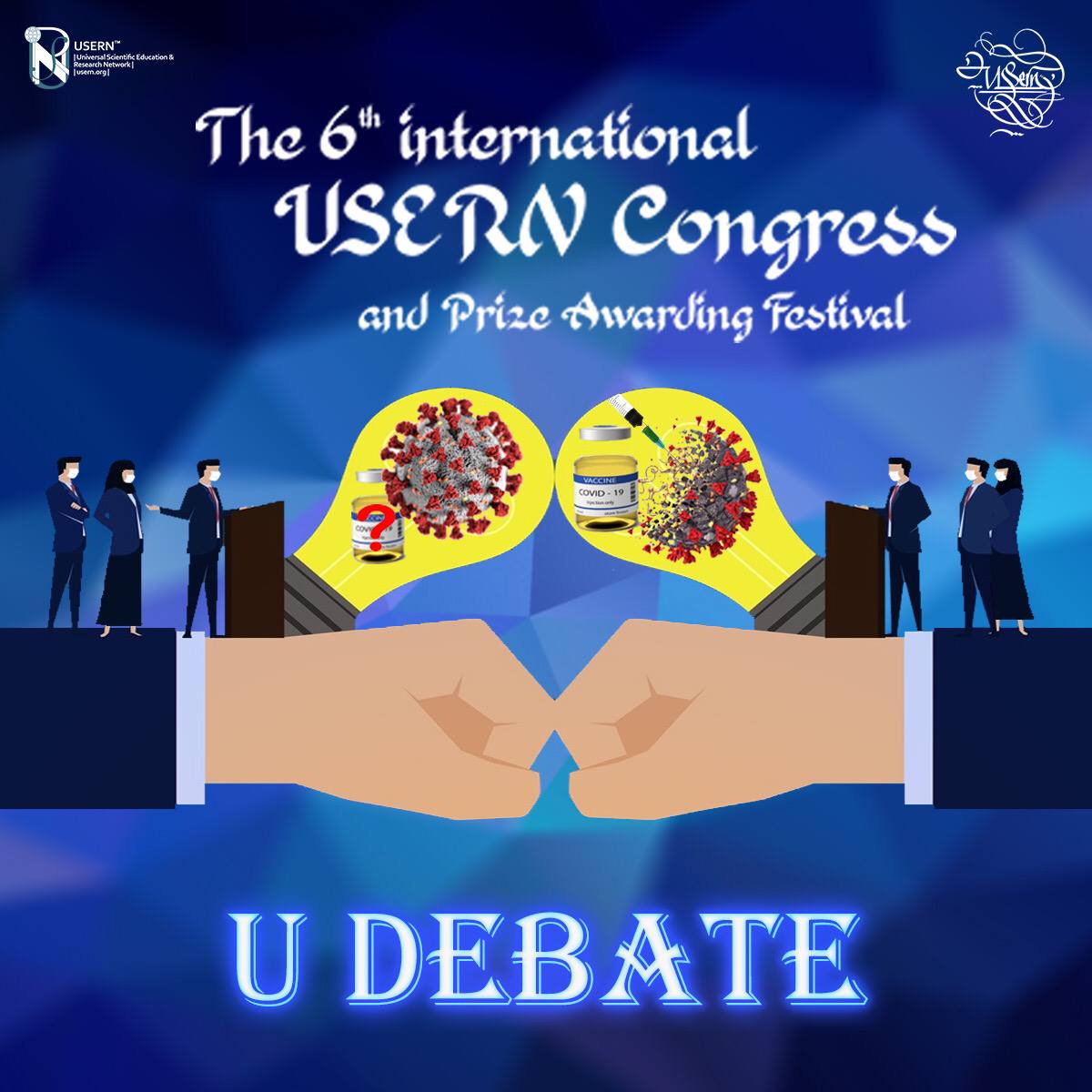Quick Reads
The promise and perils of the mandatory vaccination of COVID19

Watch out for this sophisticated UQR and join the second issue of the COVID-19 Vaccination written debates! #UDebatebateseries #2 #2021 #26
The promise and perils of the mandatory vaccination of COVID19
This is how the Epidemiology Team responds!
The mandatory vaccination of Covid-19 has various challenges, pros, and cons as any other issue. The Immunology Team presented their thoughts with their scale tilted towards vaccination. Here we tend to present a different and a more balanced view.
If we go through history to approve the effectiveness of vaccines, epidemics such as Smallpox are great examples. Still, the reality is that humans succeeded in eradicating just one infectious disease, aka "Smallpox," not only by vaccination but due to the unique characteristics of Smallpox, like having one host only in humans and some other epidemiological characteristics (1). For other infectious diseases, the achievements have been limited, and we can’t merely relate them to vaccination.
SARS-CoV-2, with its unique characteristics such as high virulence, zoonotic, and the mutations so far, can respond differently to vaccines compared to an infectious disease such as smallpox. (2) , therefore, cannot be fully controlled only by vaccination.
The first two qualifications for any vaccine are safety and efficacy. According to the epidemiological data, the effectiveness of vaccines is losing evidence, since the number of new cases in almost fully vaccinated societies is soaring, for instance in the USA, the UK, and Israel -the countries with the highest rates of vaccination- witness an increase in the incidence rates after short term decreasing of new cases (graphs 1,2)(3). It is easy to link those partial rate reductions only to vaccination and relate the decline as the natural course of a propagated outbreak. In addition, many communities could control the disease and had few attributable cases and deaths without vaccination.
Another methodological and important point in this regard is that vaccine efficacy is generally reported as a relative risk reduction (RRR), the ratio of attack rates in vaccinated and not vaccinated groups. Relative risk reductions were reported as 95% for the Pfizer–BioNTech, 94% for the Moderna–NIH, 91% for the Gamaleya, 67% for the J&J, and 67% for the AstraZeneca–Oxford vaccines. However, RRR should be seen against the background risk of being infected and becoming ill with COVID-19, which varies between populations and over time. RRR considers only participants who could benefit from the vaccine. The absolute risk reduction (ARR), the difference between attack rates in with and without vaccine groups, considers the whole population and should be reported. ARRs tend to be ignored because they give a much less impressive effect size than RRRs: 1.3% for the AstraZeneca–Oxford, 1.2% for the Moderna–NIH, 1.2% for the J&J, 0.93% for the Gamaleya, and 0.84% for the Pfizer–BioNTech vaccines.
ARR is also used to derive an estimate of vaccine effectiveness, which is the number needed to vaccinate (NNV) to prevent one more case of COVID-19 as 1/ARR. NNVs bring a different perspective: 81 for the Moderna–NIH, 78 for the AstraZeneca– Oxford, 108 for the Gamaleya, 84 for the J&J, and 119 for the Pfizer–BioNTech vaccines. ARR (and NNV) are sensitive to background risk— the higher the risk, the higher the effectiveness. Both the numerator and denominator change, RRR does not change (66–67%), but the one-third increase in attack rates in the unvaccinated group (from 1.8% to 2.4%) translates into a one-fourth decrease in NNV (from 84 to 64)(4).
In addition, numerous factors, including genetic defects, chronic diseases, and cancers, as well as immunosuppression, interfere with vaccine effectiveness (5).
All the above-mentioned evidence shows the ambiguity and uncertainty about the vaccines’ effectiveness (6).
Graph 1
